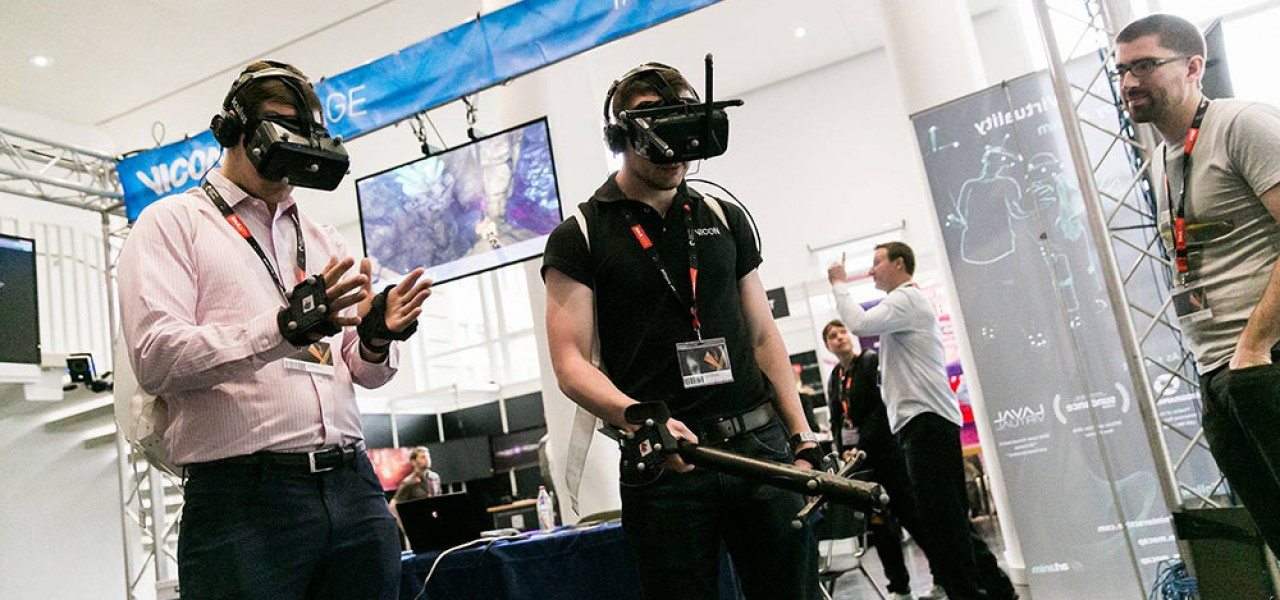
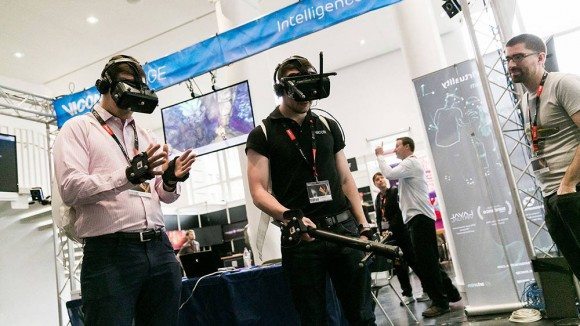
FMX Report #1: This Year Is All About VR
There are several technical conferences around the world covering visual effects and animation. Probably the most well known is SIGGRAPH. While that event is mostly an academic gathering of computer graphics, FMX in Stuttgart, happening right now, is different. It replicates many of the best parts of SIGGRAPH, such as showcasing the latest feature film, TV, animation, and VR work, but with much more intimacy and access.
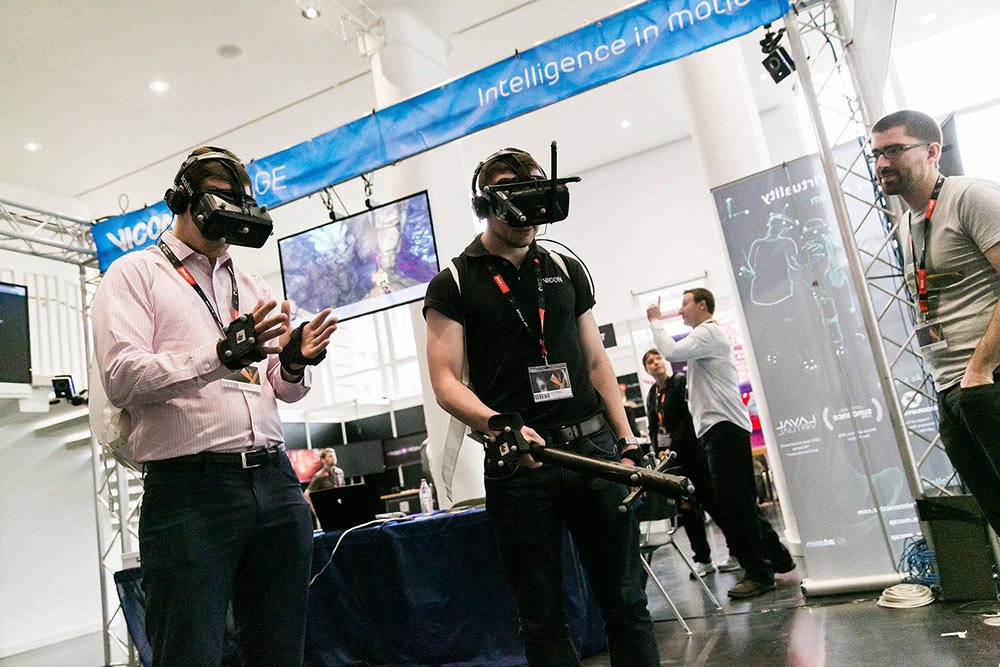
Attendees at FMX, many of them students looking to break into digital artistry, can talk openly to the speakers during and after presentations. Equally, FMX acts as a networking ground for hundreds of presenters, equipment manufacturers, software providers, and researchers. And it takes place in an environment that’s highly favorable to even more networking after-hours (there’s a lot of beer and schnitzel here in Stuttgart).
FMX is run by the Filmakademie Baden-Württemberg, one of the most prestigious film schools in Europe. And while the conference is going on so is the Festival of Animated Film Stuttgart, itself a mammoth collection of animated features, shorts and presentations that has taken place since the early-1980s.
This year is all about VR
For the past few FMXs, presentations on virtual reality, augmented reality, and mixed reality have often peppered the program. But this year, FMX has gone all-out in VR/AR/MR (indeed, the theme of the 2016 conference is ‘blending realities’). The result is that the big players in VR are all here: Oculus, Sony, Google, Lytro, Epic Games, AMD, and several studios working in the VR space.
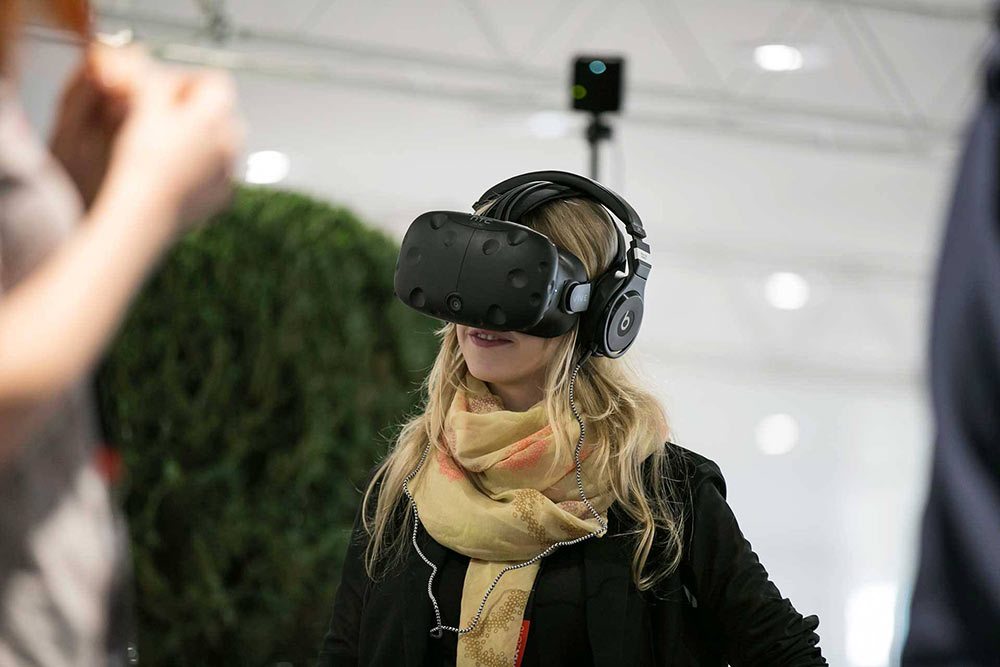
The VR presentations on offer are a mix of technical ‘how-to’s,’ VR shorts, and wide-ranging debates about whether the technology is still a gimmick, absolutely here to stay, or absolutely life-changing. And even with what seems to be a very short lifespan of VR so far, companies presenting at FMX have been able to offer some mature insight into making better VR experiences.
For example, Oculus Story Studio, which has already dived into several short VR films made specifically for the Oculus Rift, presented at FMX on lessons learnt in VR. One interesting take-away was how the team, such as former Pixar layout artist Saschka Unseld, has had to adjust classic storytelling principles to VR. Oculus does this right from the get-go when a viewer puts on a set of goggles. Here, once ‘in’ the VR world, the studio looks for ways to make the viewer ‘let go’ before a ‘call to story’ begins.
Those, and many other technical lessons, have been applied to Oculus’ upcoming VR film Dear Angelica, where the studio actually developed a production tool that let illustrators paint scenes in VR with touch controllers. The idea is to bring what have traditionally been flat 2D worlds into the VR space directly.
Meanwhile, Sony Computer Entertainment’s London Studio, which is crafting games for Playstation VR, provided a similar run down of its own experiences. Producing games at high-resolution 1080p in stereo at 60 frames per second and in realtime necessitates a whole new set of requirements. For example, it can be 16 times more expensive to render VR games than traditional ones.
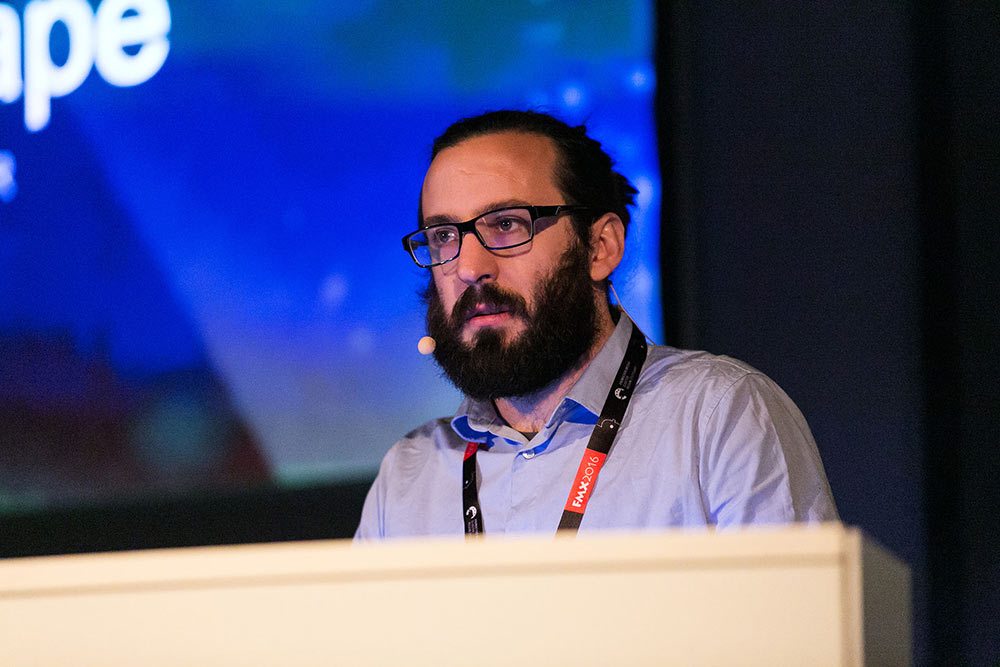
There have also been what could be described as more high-level VR discussions at FMX. A number of long-time VR players and researchers debated whether the technology was in fact good for us at all. One panel suggested that VR headsets and the content we watch on them should have warning labels, especially when violence and sex are part of the action. Members of that panel also questioned how VR is being monetized, if at all (heads up: only games and adult entertainment are making money so far). Which, to some degree, makes the work of studios like Oculus Story Studio and Sony all the more interesting to watch.
New digital storytelling methods
New paradigms in storytelling have been common among the FMX presentations so far this week. One presentation served as the announcement of a new product called Film Engine that has sprung out of game studio Crytek and several years of research into a cinematic toolset that utilizes the studio’s advancements in game engine technology.
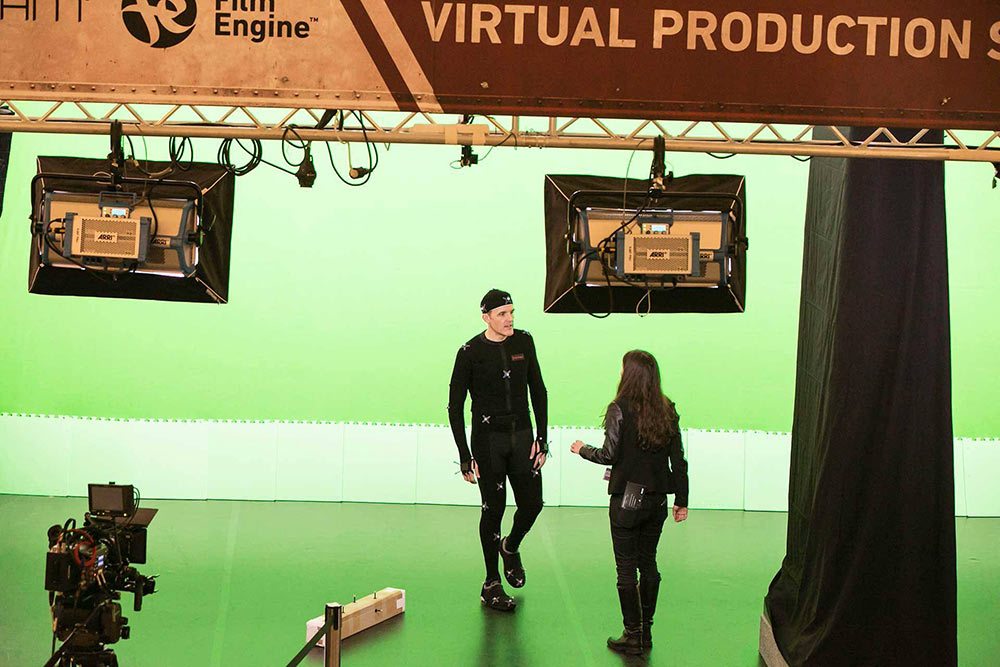
Crytek once had a product called Cinebox that relied on the Cryengine real-time game engine as a filmmaking tool. You could render worlds, animate characters, and edit this all together using the game engine technology. Well, beta testers of the product could do all that, since Cinebox was never widely released.
Now, all of that has morphed into Film Engine, a spin-off company with even more adventurous aims in forming a virtual production eco-system, in other words, one where motion capture, camera tracking, greenscreen compositing and VR all happens simultaneously and the game engine linking these technologies together can provide a real-time shooting environment, just like a live-action film.

At FMX, the Film Engine system was demo’d with motion capture cameras from OptiTrack, camera track tech by NCam, and digital cameras and lighting equipment from Arri. While that gear combined is an expensive outing for any budding filmmaker, Film Engine can also be used in much smaller settings if users have a fast GPU processor, a digital camera, and a VR headset. The idea is the ability to preview layout, lighting, rendering, animation, and editing all within a VR environment.
Film Engine is not available just yet (it’s still in beta) but it has certainly generated a lot of buzz at FMX. Some more info is available at the company’s website.
Film favorites bring big crowds
There are still plenty of ‘old school’ visual effects and animation talks at FMX. Artists from Industrial Light & Magic spoke at length to a packed house on the practical and digital effects behind The Force Awakens, for instance. A highlight of this talk was a major showcase of early animation tests for characters like BB-8 and Maz, and several concept designs by ILM artists that were suggested story points pitched to director J.J. Abrams, such as Kylo Ren using the force to bring down a tie fighter and methods for BB-8 to walk (or roll) up stairs.
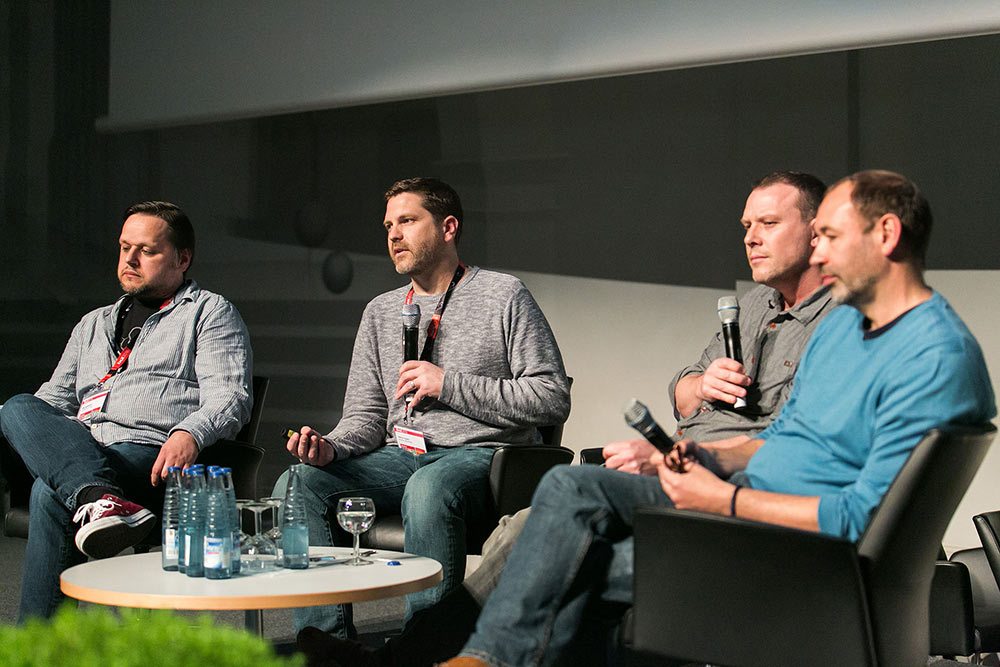
Another packed presentation saw visual effects supervisor Rob Legato, MPC, and Weta Digital combine to discuss the virtual production methods behind The Jungle Book. The motion capture, simulcam, bluescreen and final visual effects steps were worked through step-by-step, with Legato commenting that all the high tech tools on offer were actually all about offering the filmmakers analog (and, therefore, more comfortable) ways to communicate the story.
Several animation studios are here at FMX, too. Blue Sky Studios spoke on The Peanuts Movie, Aardman has several talks on its films and commercial work, Walt Disney Animation Studios presented on Zootopia, and Pixar showcased their efforts on Inside Out and The Good Dinosaur and previewed the new RenderMan raytracing technology that audiences will see in Finding Dory.
In fact, such an array of talks highlights the one big dilemma with FMX: there are sometimes too many good sessions on at the same time in different halls and rooms. Although perhaps an overabundance of choice is not such a bad problem to have.
Cartoon Brew will have more from FMX in Stuttgart as the conference continues this week.

